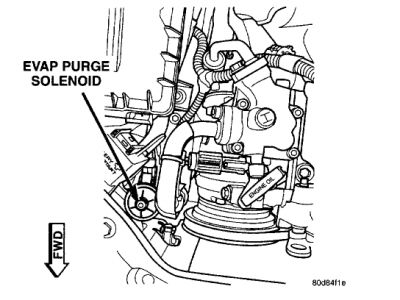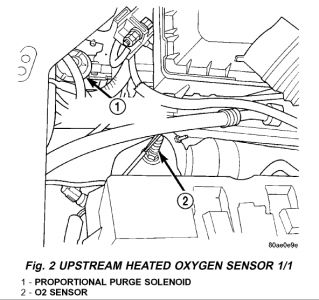There is intake manifold vacuum leak
actually, the code says"small leak" when actually it is big.
A faster technique for finding intake manifold vacuum leaks is to get a bottle of propane and attach a length of rubber hose to the gas valve. Open the valve so you have a steady flow of gas. Then hold the hose near suspected leak points while the engine is idling. If there is a leak, propane will be siphoned in through the leak. The resulting "correction" in the engine's air/fuel ratio should cause a noticeable change in idle speed and/or smoothness, spray around the intake, ruber connection.
If your mechanic have a scan tool, I'm sure he does, look at the Short Term Fuel Trim (STFT) value while you are using carb cleaner or propane to check suspected vacuum leak points. If there is a leak and some of the cleaner or propane is sucked in through the leak, you will see a momentary drop in the STFT reading. This confirms you have found a leak (keep checking because there may be multiple leaks!).
Thursday, November 5th, 2009 AT 3:06 PM







